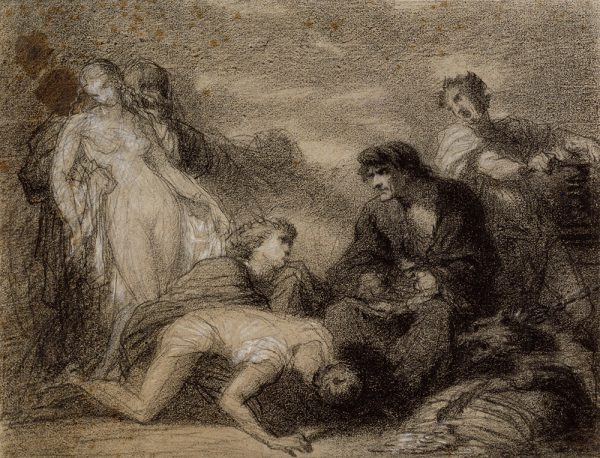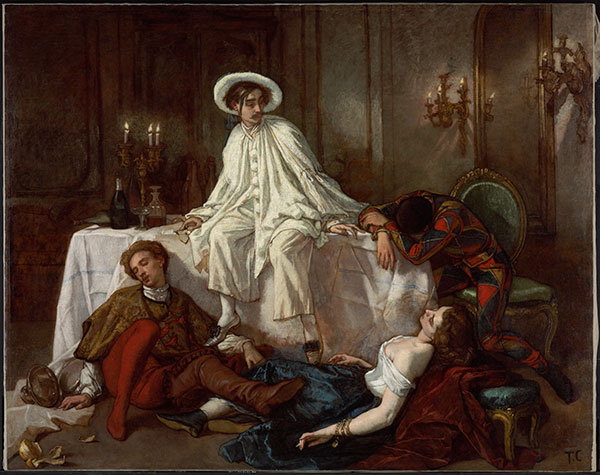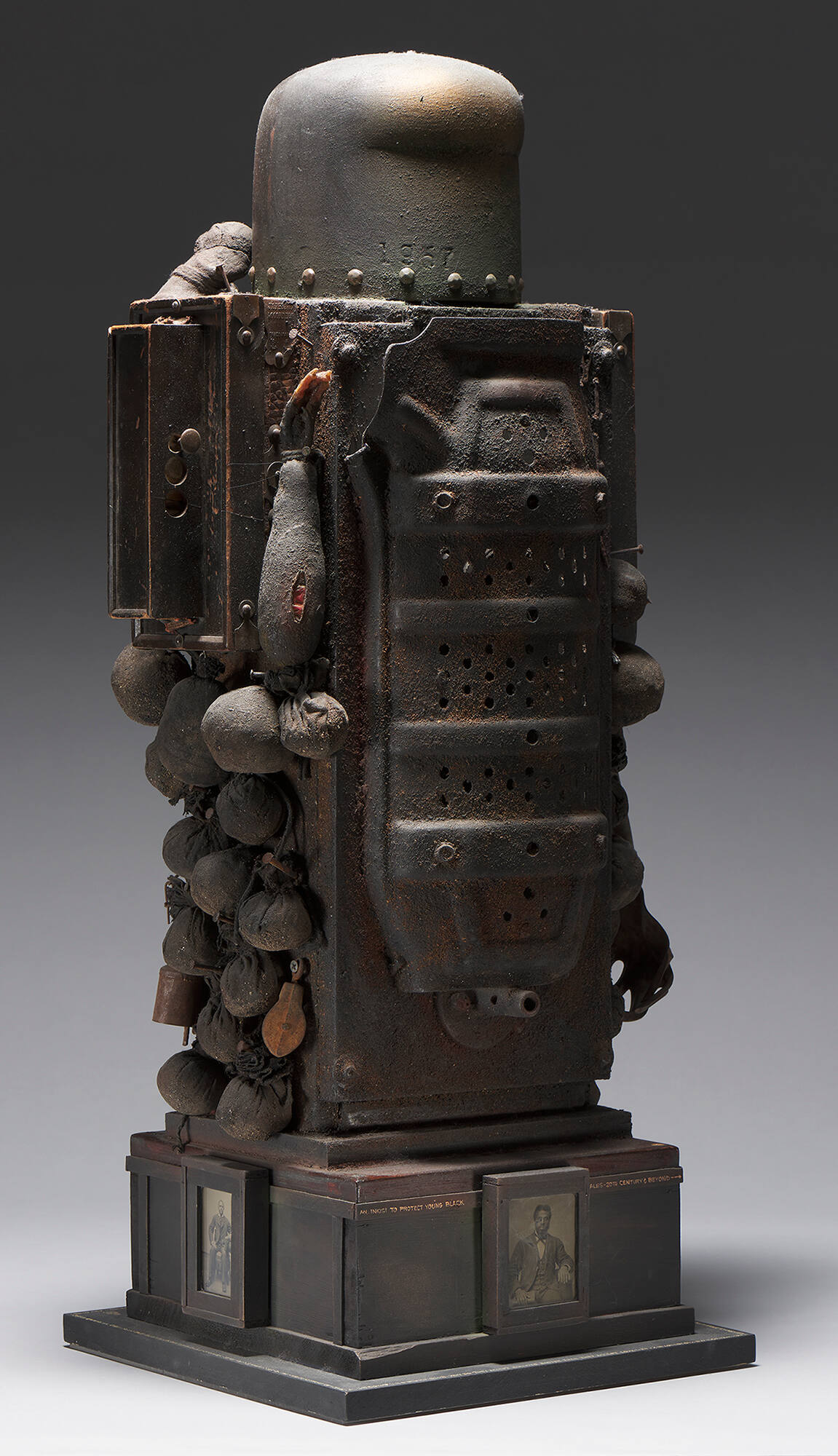
On Tuesday, January 16, the Ackland Art Museum held a ceremony to return the painting The Studio of Thomas Couture to the heirs of Jewish lawyer and art collector Armand Isaac Dorville (1875-1941). Purchased by the Museum in 1972, during an era in which provenance research was not yet considered essential, the painting had been in the Ackland’s collection for 52 years. But when the Ackland was approached by a French lawyer on behalf of Dorville’s heirs in May 2022, it became clear that the painting had been sold under duress during World War II.
The Painting
The painting depicts the private studio of nineteenth-century French artist Thomas Couture (1815-1879) and was likely created by one of his students sometime in 1854 or 1855. A popular teacher, Couture had many pupils over a thirteen-year period, including Edouard Manet, who remained under Couture’s tutelage for six years. The painting records a session in which students paint a standing male nude model, shown with his arms crossed and looking to the side. They are surrounded by examples of Couture’s paintings.

The canvas in the left background is a large preparatory oil sketch for a fresco cycle completed by the artist for the Church of Saint–Eustache in Paris in 1851 (see a photograph of one section of the finished mural, Stella Maris, in the image carousel below). A version of Couture’s Timon of Athens, destroyed in the artist’s studio in 1851, is located in the center (see a related drawing of the painting in the Ackland’s collection in the image carousel below). The painting resting against it is his Supper at the Maison d’Or or Each Party has its Ending depicting the Italian Commedia dell’arte figure Pierrot sitting on a table; this painting is also in the carousel below. The overall composition of The Studio of Thomas Couture is spatially complex and juxtaposes figures that are both imagined and “real,” for example, the nude man that appears next to the painted nude woman.
During its time in the Ackland’s collection, the painting had been included in six exhibitions from 1973 to 2008 and had been published on numerous occasions for its art historical significance as a record of Couture’s studio and the many artists who studied there. Today, Manet scholars, in particular, continue to explore the contents of the studio to identify the figures in this work.






